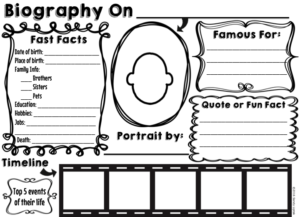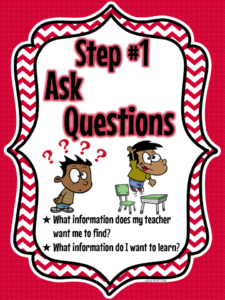
Learning how to research is an important skill, and one that is practiced to some degree at all grade levels. Most kids will go through full-blown research projects at some point in the year in their classrooms. While this is important, I also feel kids need to be given multiple opportunities to investigate topics of their choice just for fun.
For instance, when I first introduce different databases, I spend just a few minutes showing them the format, how to navigate the database, and then I let them loose to investigate anything they are interested in learning more about. I’ve found that this choice gets them immediately excited, and in return, more apt to actually enjoy and complete an assignment. It usually only take a few minutes before I see someone tap their friend on the shoulder just to share a fact they just learned! In these cases, learning is contagious, and pretty soon they all are looking for fun facts to share with their neighbors. Some kids get so excited, they actually ask for permission to get notebook paper to write down notes!
What could be better than that?!
So I decided to create Fast Facts so that my kids could have an organized way of taking notes. It also gave them something to take with them after they left the library in case they wanted to continue their learning on their own time. The first one I created was on Animals, a topic that most kids can find something interesting to research. Then I created ones for Biographies, State research, and Country research. My 3rd, 4th, and 5th graders have really enjoyed using them!




On the other hand, having kids understand the research process AND go through the whole cycle is also important. I have previously written about a “Recipe for Research” idea that I created to help the younger students understand the six steps to follow. You can read about that here. But even older kids need guidance and practice in coming up with their own questions, thinking through what type of resources would help them find their answers, and knowing where to go to find those resources. So I created another set of posters that I thought would appeal to them.






To help them see how the steps all flow together, I created an anchor chart that shows all 6 steps and two different types of bookmarks that they could keep as a reminder.



If you think these posters would help your kids, you can find them here. Happy researching!















The presentation is inspiring. I am hoping to use these to help my students become better reseachers and great learned. Thank you.